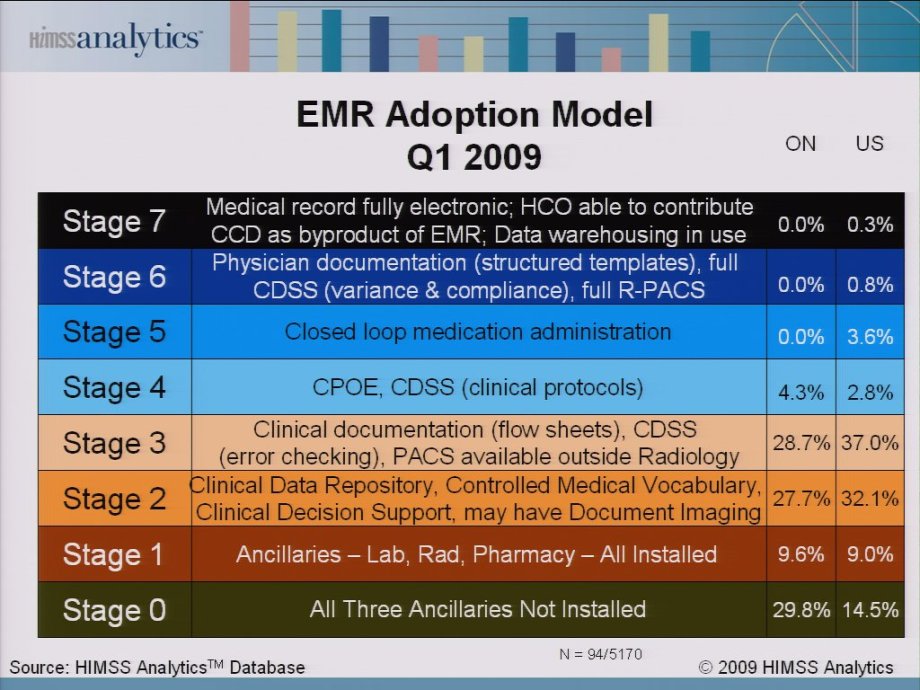I just got better from a month long ordeal with an infection, which required daily visits to a care provider to assess the state and provide care. Though, the care was exemplary by Ontario CCAC, there are areas of improvement needed in care coordination among providers and remote health monitoring to increase efficiencies.
Remote health monitoring, means different things to different people. The following report from California Health Foundation offers the current state of the market with a clear definition on the terms and the state of the market.
The Connected Patient: Charting the signs of remote health monitoring

Image Source: California Health Foundation – The connected patient: charting the vital signs of remote health monitoring.
Key insights: little has changed in the last four years with mixed results from pilot projects
Why little has changed when the economic benefits offer several millions and billions of dollars in savings and efficiencies ? The author of the report points to the structural issues of the US health care system, which tends to be fragmented and focused on episodic care. I believe that this is not just a US problem and is a common issue between the publicly funded Canadian healthcare& and friends south of the 49th parallel. By far the biggest barrier to more pervasive adoption of DM has been the continued fragmentation of operations and information technology across health systems.
That is a well known problem with the providers paid on a fee for service basis. In the US there are recent developments with the introduction of HITECT act and Accountable Care Organizations towards an outcomes based system. In Canada, from my view the change appears even slower and the outcomes based model is being discussed at the provincial level, who are essentially payors of the service.
Though there are several drivers for remote health monitoring including communication technology advancements, mobile data standards, the chronic care tsunami we are facing as a society, there are some significant challenges in adoption at the physician office, consumer engagement and payment models for this service.
In spite of the challenges there are significant economic benefits and prospects to remote health monitoring both in US and Canada.
& Rethinking Our Approach to Disease Management: Technology and Information Flow Considerations







